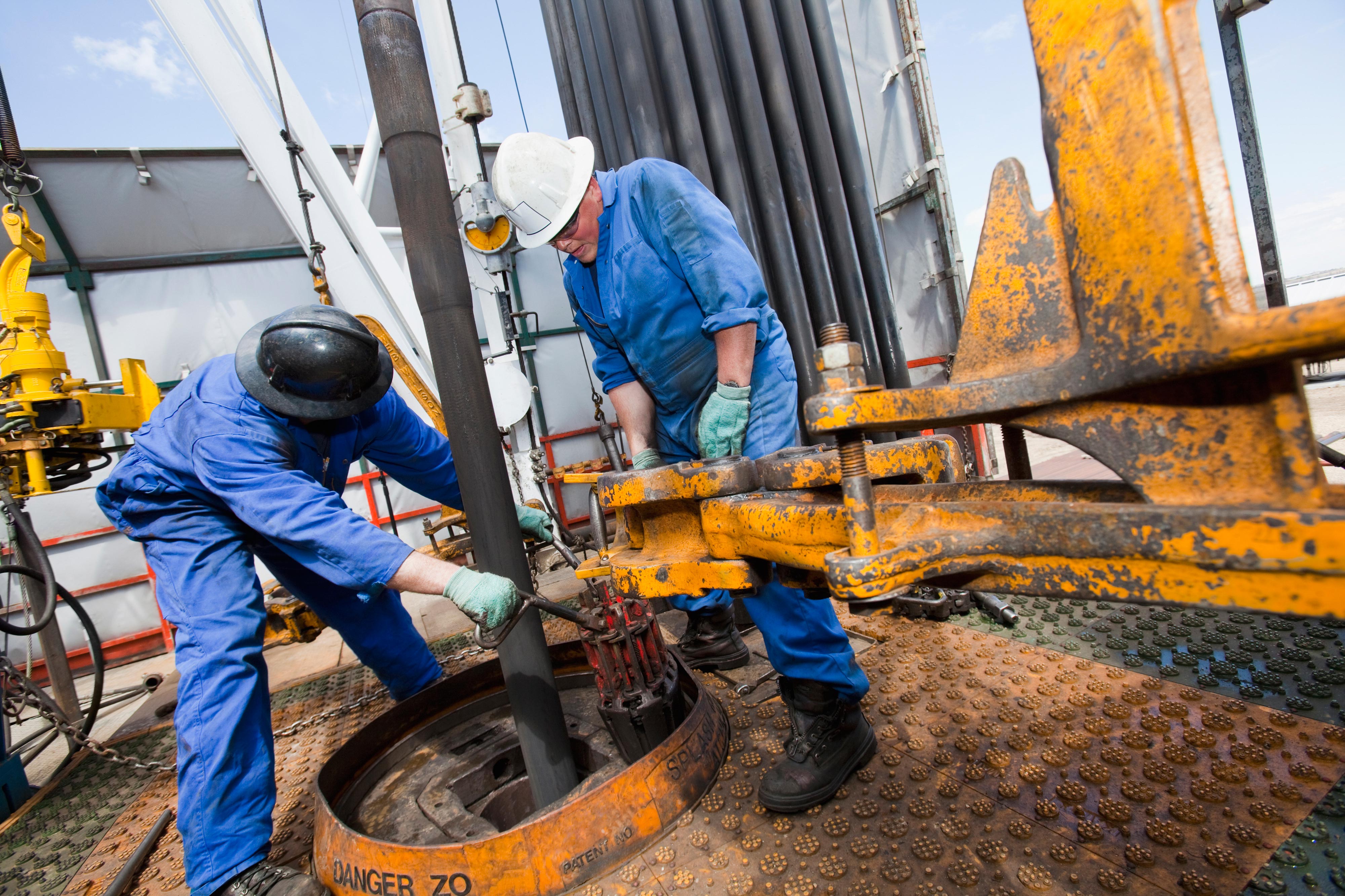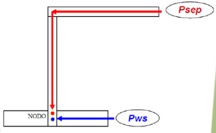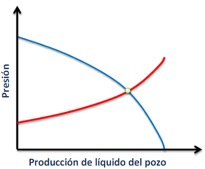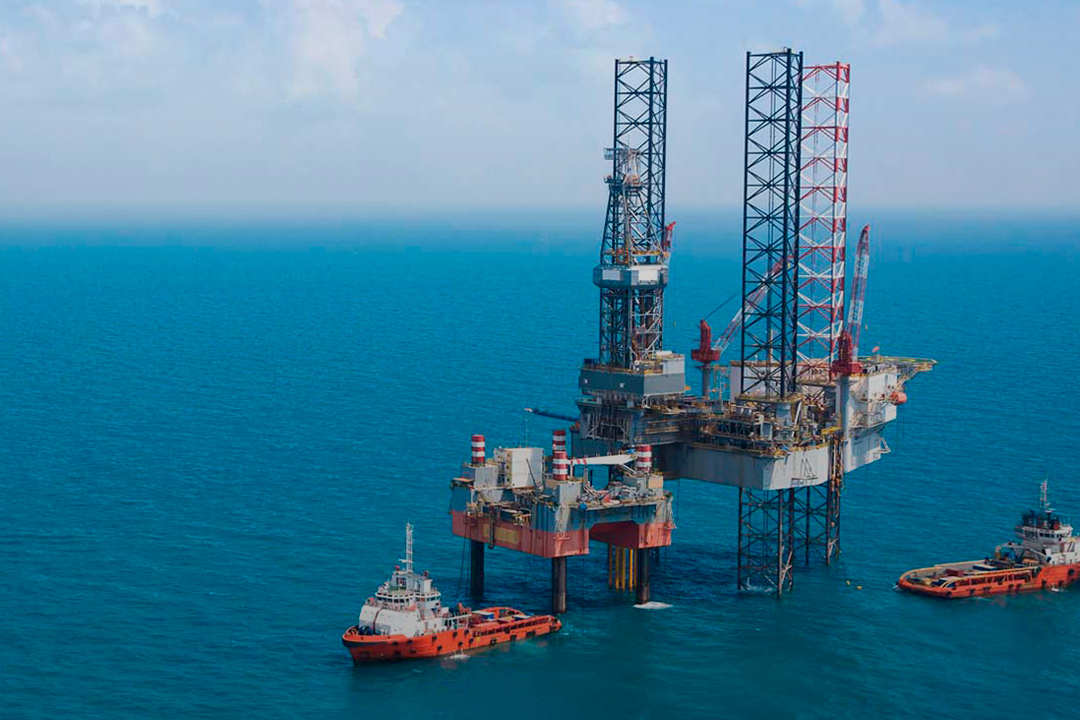Oil wells require permanent analysis and surveillance to determine if they are being operated optimal and efficiently, not only to increase their production but also to evaluate their daily performance. For artificial lifting systems it is necessary to use a Nodal Analysis together with equipment such as the Echometer (Well Analyzer), Polished Rod Transducer, Horseshoe Dynamometric Transducer and software systems such as XDIAG, XROD, RODSTAR, among others; to ensure optimum performance of crude oil wells.

The Nodal Analysis was first proposed by Gilbert in 1954 in his practice "Flowing and Gas-Lift Well Performance", and about 30 years later, the term became standard after Brown's study in 1984 "The Technology of Artificial Lift Methods". Basically, a Nodal Analysis considers all production system components for each oil well to estimate the production rate with the objective to optimize the operation.
These analysis systems have been used for years to study the reservoir’s behavior and performance, besides these tools are used to analyze problems and to forecast the production system-completion performance in oil and gas wells; with the purpose of optimizing the well design according to the reservoir production potential.
Why is it important for production engineers to know everything about Nodal Analysis?
The main role of production engineers is to maximize production with minimum costs and maximum efficiency possible, which requires nodal analysis fully comprehension with the purpose to determine and visualize the well’s operational conditions. Nodal Analysis allows to evaluating different infrastructure conditions on surface or subsurface to study the real well potential associated to the reservoir and production system.
Where can Nodal Analysis be applied?
It can be applied in wells flowing stable with any type of artificial lifting system, also to analyze the performance in the injection wells, which requires proper Inflow and Outflow definitions.
Nodal Analysis is based on the construction of two curves for a reference point or node, that represents two subsystems: Supply and demand. For a producer well with the node at bottomhole the supply curve (Inflow) describes the relationship between the flow rate and the pressure drop through the formation and the other components to the node; the demand curve (Outflow) describes the relationship between the flow rate of the pressure drop from the node to the separator. For an injection well with the node at bottomhole the supply curve (Inflow) describes the relationship between the flow rate and the pressure drop from surface injection pump and the other components to the node; the demand curve (Outflow) describes the relationship between the flow rate of the pressure drop from the node to the formation


The main benefit of implementing a Nodal Analysis is that it allows us to evaluate and visualize the system’s response to the variation of design and operation parameters.
Must be always kept in mind that well analyzes are very important for optimize well performance, beside they not only allow defining and determining production/injection capacity but also quantifying the effects associated to changes in some components.
Nodal Analysis for the optimization of your oil well
Through Nodal Analysis, great relevant information is obtained, such as reservoir data, production system characteristics, the discharge line, in the initial and final node pressures, oil, gas and water productions, surface topography , well trajectory, and other elements.
UPC Global promotes and recommends the use of this system to obtain improvements in the well exploitation as well as production increase. Our commitment to quality has made us a prestigious company worldwide that in addition to providing products, we also provide services such as field training to engineers in everything related to the artificial lifting system, which includes to carry out proper Nodal Analysis for the evaluation and optimization of oil and gas wells.

It can be concluded and recommended that nowadays all oil companies must keep in mind the Nodal Analysis importance and promote its application in conjunction with Echometer, software and artificial lifting systems with the purpose to suitably predict the well’s behavior ; in this way making possible to plan and execute right actions for keeping oil fields in the best permanent optimization state, this analysis should be applied permanent or periodically for a proper surveillance.

